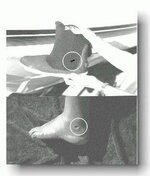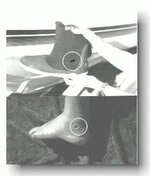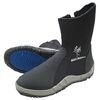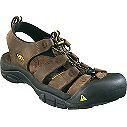FLauthor
Hero Member
- Aug 22, 2004
- 770
- 203
- Detector(s) used
- Excalibur 800; Fisher F5; White Beachmaster VLF
- Primary Interest:
- Beach & Shallow Water Hunting
Coin finder asked if we wore glasses while TH'ing. So let me ask "Do you hunt barefoot or do you wear a water shoe?". Personally I wear SCUBA boots because after finding broken glass, sharp pieces of metal and big fish hooks in my scoop, I don't leave home without a pair.  I have a nice scar on my right foot I got as a child when I stepped on a broken beer bottle in the water while swimming.
I have a nice scar on my right foot I got as a child when I stepped on a broken beer bottle in the water while swimming. 

 I have a nice scar on my right foot I got as a child when I stepped on a broken beer bottle in the water while swimming.
I have a nice scar on my right foot I got as a child when I stepped on a broken beer bottle in the water while swimming. 

Upvote
0





 ....and are they weighted
....and are they weighted That depends, Nude Beach or Regular Beach?
That depends, Nude Beach or Regular Beach? 

